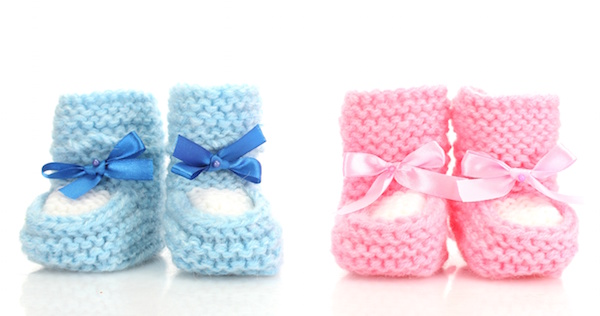SATURDAY, Jan. 19 (HealthDay News) — Exposure to ice, snow and freezing temperatures can be dangerous for kids.
While kids enjoy winter sports and play in the snow, an expert advised their parents to be on the lookout for two dangerous winter conditions: frostbite and hypothermia, when the body temperature drops below 95 degrees F.
“These occur more frequently in children because their bodies are different. They have larger heads and large body surface area compared to their body mass, which leads to rapid heat loss,” Dr. Tony Pangan, a pediatrician at Loyola University Health System, said in a system news release. “Compared to adults, they just don’t have as much energy reserves to burn when it comes to being cold. This is particularly true for babies who are unable to shiver to generate heat.”
While they are having fun outside, children may also not realize that they are getting too cold, noted Pangan, also an assistant professor of pediatrics at Loyola University Chicago Stritch School of Medicine.
“Kids love to be outside, but they also are more vulnerable to cold weather than adults,” he said. “Most kids won’t notice changes in their bodies related to cold exposure. As a parent, your goal should be to be prepared and equipped to help kids have safe winter fun.”
To ensure that children are safe while playing outside during the winter months, Pangan offered the following tips:
- Children should dress in layers so moisture can be kept away from the skin. Wet layers should be taken off so children stay warm and dry.
- Dress children in fleece, wool or other fabrics that will help keep moisture away from the skin. Avoid cotton clothes, which will not insulate once they absorb moisture.
- Make sure children wear a hat, which is key to retaining up to 60 percent of their body heat.
- Vulnerable extremities, such as the ears, nose, hands and feet, should always be covered and kept as warm as possible to avoid frostbite.
- Take breaks. Make sure kids come inside periodically so they can warm up.
- Once inside, children should immediately remove wet clothing and warm up.
Hypothermia signs parents should look out for in their children include the following:
- Shivering
- Pallor or looking pale
- Bluish and cold hands, feet, nose or ears
In extreme cases of hypothermia, Pangan noted children may experience drowsiness, slurred speech or confusion.
“If a child exhibits these more serious symptoms, get them inside immediately, out of wet clothes and into warm, dry clothes. Wrap the child in a blanket and call 911 immediately,” advised Pangan.
Frostbite can also develop quickly, particularly on the fingers, toes, ears and nose, he said. Parents should look for the following symptoms of the condition:
- White or gray skin
- Blisters
- Skin that feels numb or burns
Parents or caregivers who suspects frostbite should immediately bring the child inside and call 911. The affected area should be placed in warm (not hot) water. The skin should not be rubbed to prevent damage. The child should also be given something warm to drink.
“Winter can be a great time to get outside and have fun. Just remember, kids are not small adults. They respond differently to the elements than we do and parents need to take that into consideration before they head out the door,” Pangan concluded.
More information
The American Academy of Pediatrics provides more winter safety tips.

